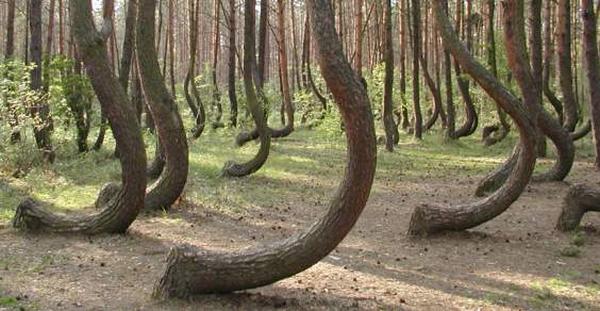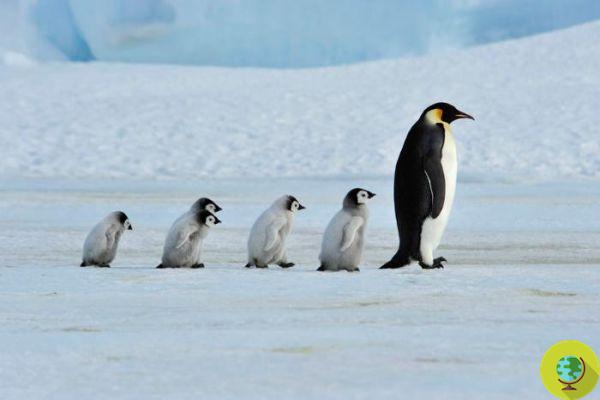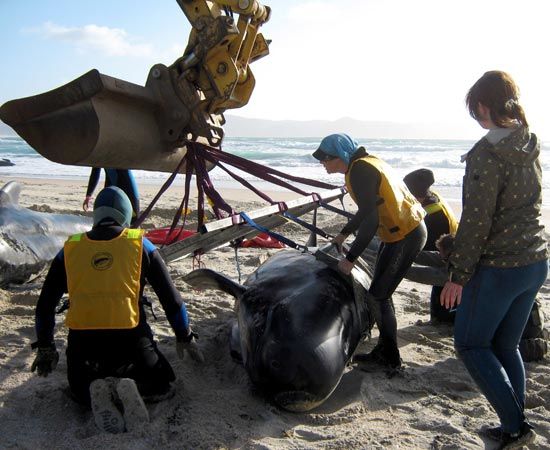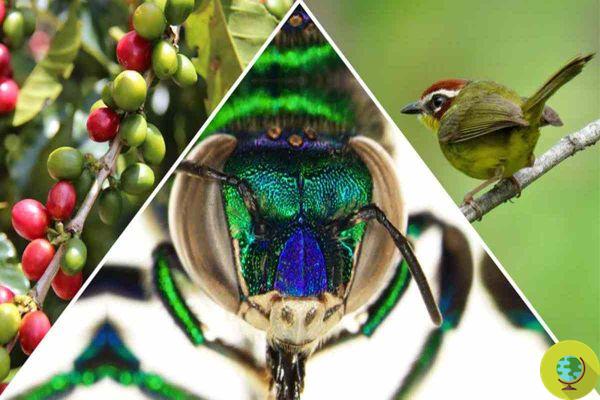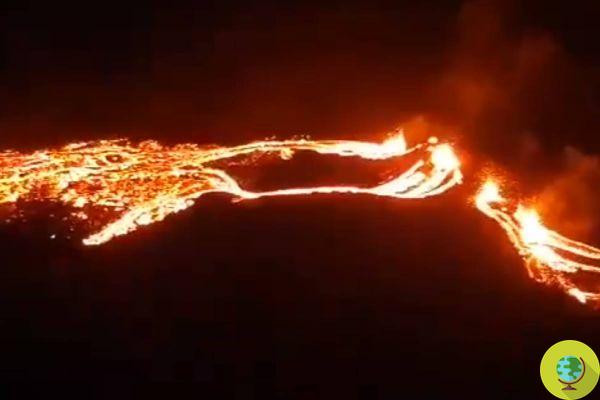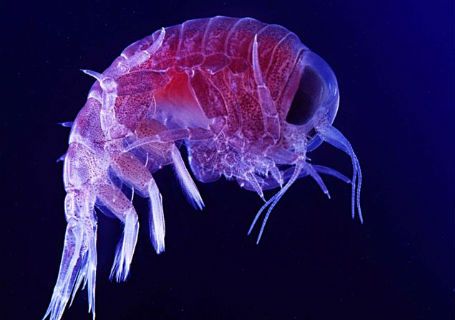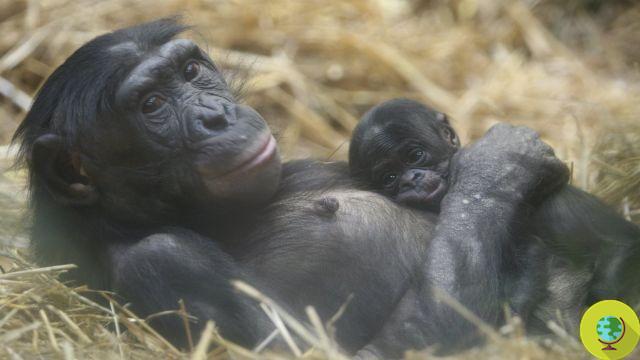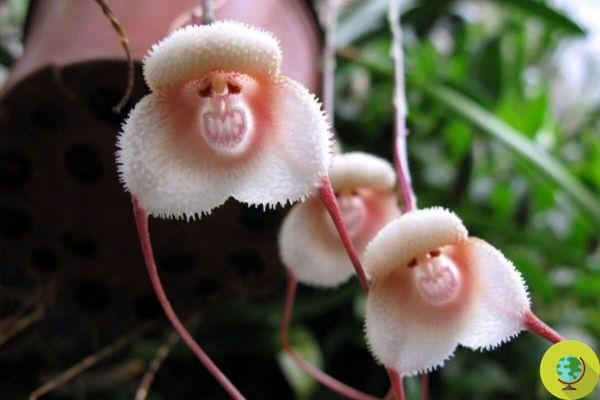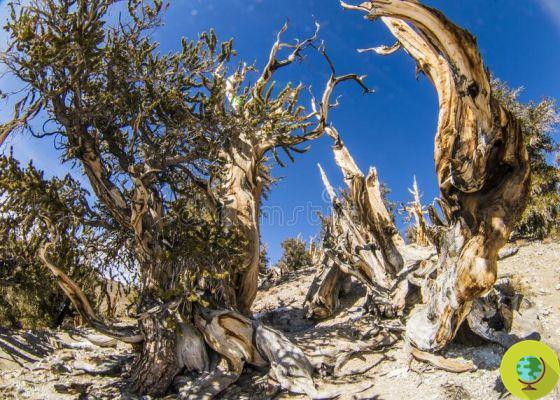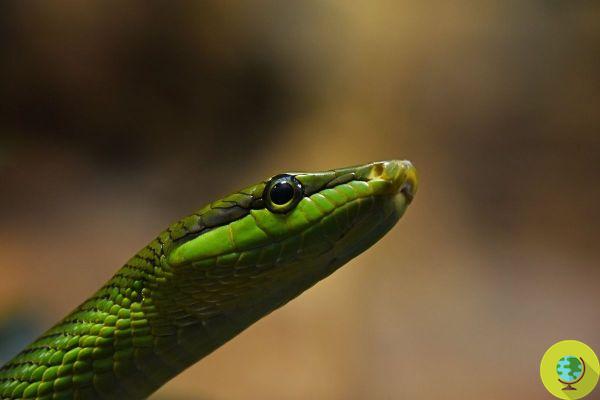
The few species that survived our planet's collision with the asteroid would have given birth to the diversity we see today
According to this study, the few species that survived our planet's collision with the asteroid would have given birth to the diversity we see today.
A new study conducted byUniversity of Bath speculates that all snakes existing today evolved from the few species that survived the impact of our planet with the gigantic asteroid that led to the extinction of the dinosaurs and the end of the Cretaceous Era. According to the researchers, the more than 4.000 species of living snakes began to diversify just after the end of dinosaur 'supremacy' on the planet.
The study used fossils and analyzed the genetic differences between different reptile species today to reconstruct their evolution. It turned out that all snakes existing today began to develop about 66 million years ago, after the collision of the Earth with the asteroid. Probably the ability of prehistoric snakes to take refuge underground and survive without food for long periods is what helped them to withstand the consequences of the terrible impact that instead sentenced other animals on earth to death.
(Also Read: Labrador Coat Reveals Ancient Secret About Dog Evolution (Which Has To Do With The Arctic))
After a period of underground isolation, the reptiles then spread to all habitats, colonizing the different areas of the world, up to the variety of species we know today - from the cobra to the viper, from the python to the boa. The analyzed fossils also show a change in the bone structure of snakes after the end of the Cretaceous Era, with the appearance of new giant snakes whose length reached 10 meters.
It's commendable because not only did they survive a mass extinction that killed many other animals, but also because within a few million years these animals renewed themselves, adapting to new habitats - he says. Catherine Klein, author of the study.
Also after the extinction of the dinosaurs, snakes would have spread all over the world: while their ancestors probably lived only in the southern hemisphere of the planet, after the collision with the meteorite they began to spread also in Asia and from there throughout the world. According to the researchers, the extinction of other species would have represented a form of 'creative destruction' for snakes: with more free space in the environment, snakes would have developed by exploring different habitats, experimenting with new lifestyles and feeding.
After all, this is what always happens in evolutionary processes: after periods of great extinctions, evolution is always experimental, surprising and innovative, because the sudden destruction of biodiversity makes room for the emergence of new species. In practice, after a great loss, life resumes more overbearing and luxuriant than before.
Follow us on Telegram | Instagram | Facebook | TikTok | Youtube
Fonte: Nature / University of Bath
We also recommend:
- Fukushima's radioactive snakes help scientists monitor the aftermath of the nuclear disaster
- What to do (and not to do) if your dog is bitten by a viper
- In India, snake bites are cured with technology and apps (which also save reptiles)




